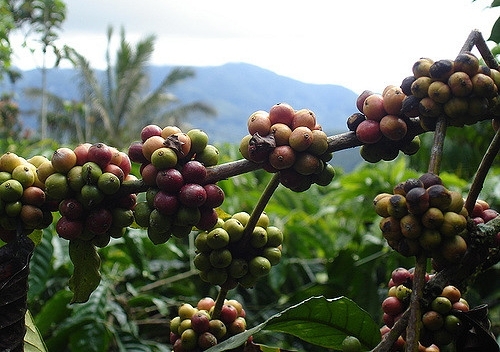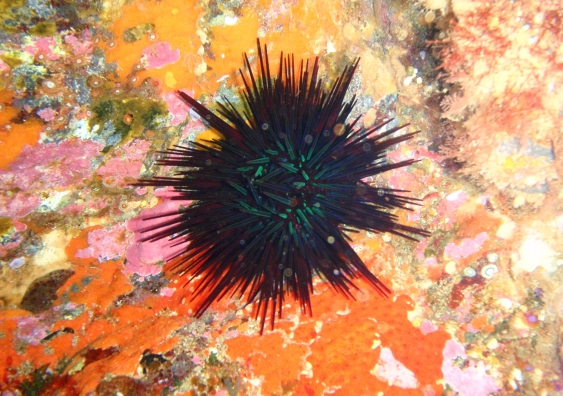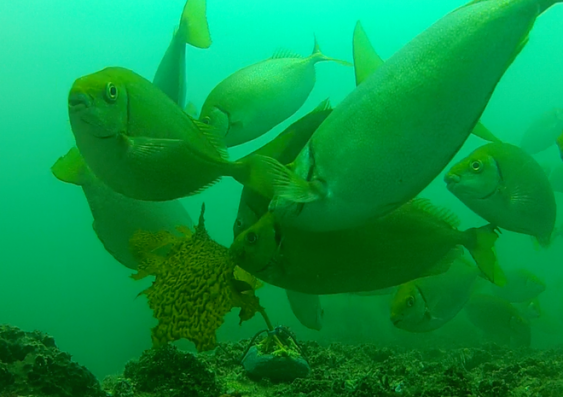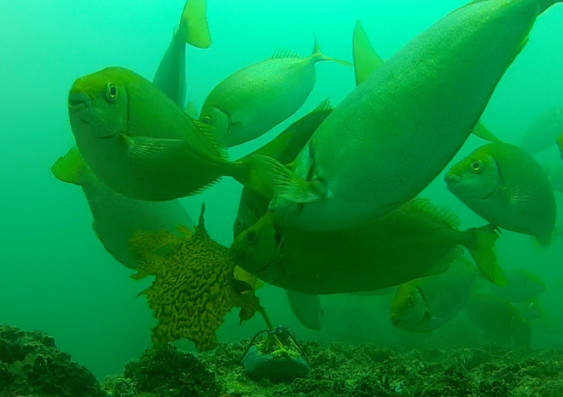
A coffee plant. Image: James Gagen CC BY-SA 2.0
The study highlights changes including:
- Resources: fish, forests, and crops are at risk as their environments change, with the principal coffee growing regions expected to shift, and valuable timber species such as Norway spruce in Europe making way for less valuable warm climate species such as Mediterranean oak forest vegetation;
- Industries: tourism and recreational fishing are jeopardised as corals die, jellyfish infest waters used for recreation, and urchins destroy fish habitats in kelp forests;
- Conflict: tensions are emerging as species move between economic zones, as with the “mackerel wars” between Iceland and countries competing for mackerel quotas, or due to disputes over competing land uses;
- Health: threats such as malaria are becoming more prevalent as rising temperatures allow the poleward spread of mosquitos into regions where people have not had prior exposure;
- Indigenous culture: changes in distribution of fish and reindeer are impacting food security and traditional knowledge systems of Arctic peoples.

A sea urchin (Centrostephanus rodgersii) Image: Peter Southwood CC BY-SA 3.0
In Australia, there was been a shift to higher ground by 13 bird and four ringtail possum species as a result of climate warming in the wet tropics. A southward shift by the sea urchin Centrostephanus rodgersii into Tasmania due to warming waters has led to overgrazing of kelp forests, affecting the regional lobster and abalone fisheries.
Australia has also already witnessed the extinction of the first mammal due to climate change, with the disappearance of the Bramble Cay melomys, also known as the mosaic-tailed rat, in the Torres Strait.
The study of climate-driven changes in species distributions is a relatively new field of science. The inaugural major international Species on the Move conference was held in Hobart in February 2016, with a follow-up conference likely to be held in 2019.


